Home>Garden Essentials>What Does Open-Pollinated Seeds Mean
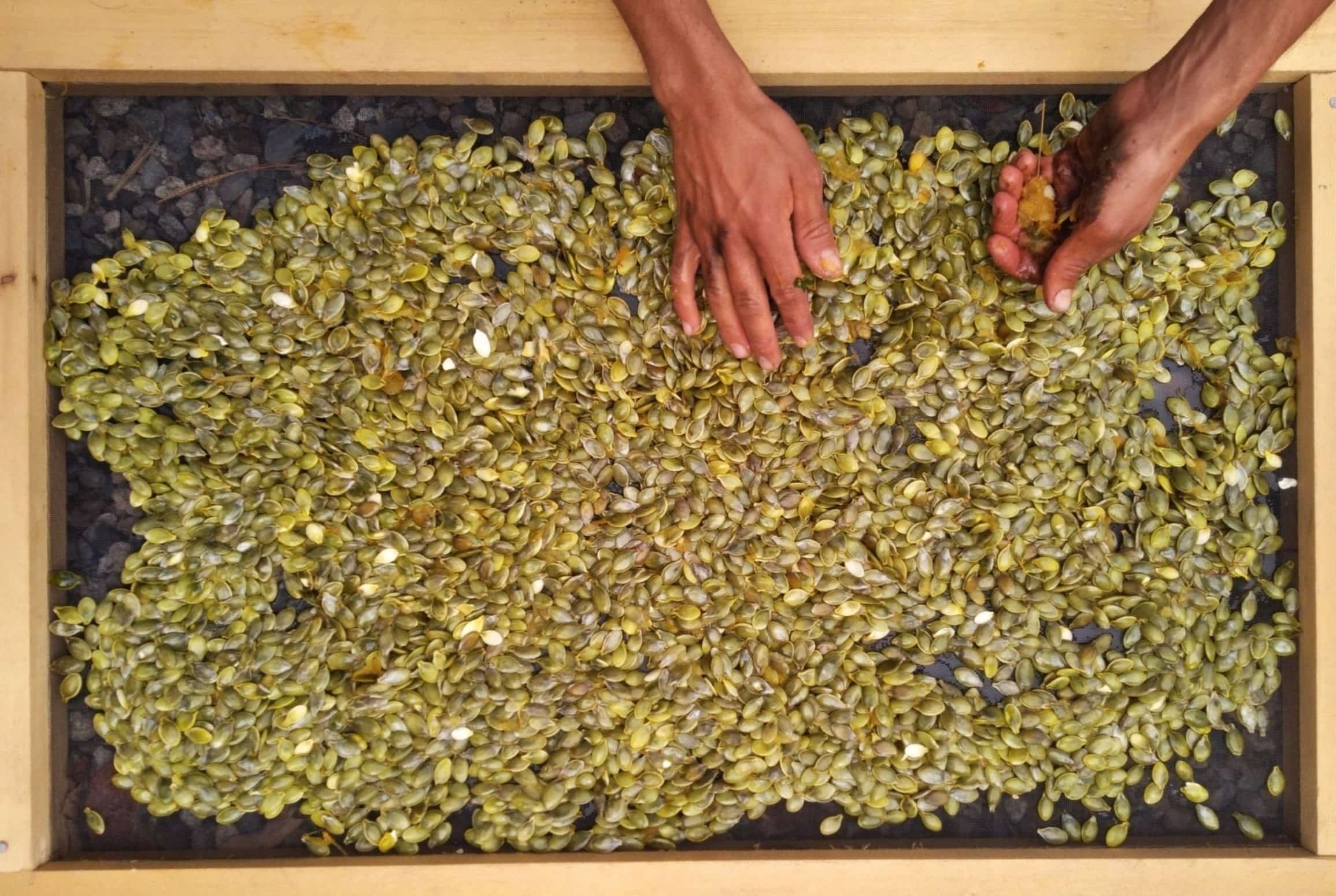

Garden Essentials
What Does Open-Pollinated Seeds Mean
Modified: September 1, 2024
Discover the meaning of open-pollinated seeds, and how they can enhance your garden. Learn why open-pollinated seeds are essential for sustainable gardening.
(Many of the links in this article redirect to a specific reviewed product. Your purchase of these products through affiliate links helps to generate commission for Storables.com, at no extra cost. Learn more)
Introduction
Welcome to the wonderful world of gardening! Whether you’re a seasoned green thumb or just starting out, one term you may come across is “open-pollinated seeds.” But what exactly does it mean? In this article, we will explore the definition, characteristics, advantages, and disadvantages of open-pollinated seeds. We will also delve into the importance of conserving and preserving these seeds for the sake of biodiversity.
Open-pollinated seeds, also known as non-hybrid seeds, are the result of natural pollination by wind, insects, birds, or other natural agents. Unlike hybrid seeds, which are created by manually cross-pollinating two different plant varieties to produce specific desirable traits, open-pollinated seeds occur naturally within a single plant variety. This means that open-pollinated plants have not been genetically modified or manipulated in any way.
Open-pollinated seeds have been a staple in gardening for millennia. They have been passed down through generations, preserving the unique characteristics of each plant variety. Unlike hybrid seeds, open-pollinated seeds can be saved and replanted year after year, allowing gardeners to maintain a continuous supply of their favorite plant varieties.
There are several key characteristics that distinguish open-pollinated seeds. Firstly, they exhibit a greater level of genetic diversity compared to hybrid seeds. This diversity is a result of the natural cross-pollination process, which allows for a wider range of genetic traits within a plant variety. Secondly, open-pollinated seeds have the ability to adapt to their local environment over time, making them well-suited for specific climates and conditions.
One of the biggest advantages of using open-pollinated seeds is the ability to save and share them. Since open-pollinated plants can reproduce naturally, their seeds can be collected and saved for future plantings. This practice of seed saving not only promotes self-sufficiency but also helps to preserve traditional plant varieties and their unique genetic characteristics.
Another advantage of open-pollinated seeds is their affordability. They are generally more cost-effective than hybrid seeds since they can be saved and reused, eliminating the need to purchase new seeds each year. This makes open-pollinated seeds a sustainable and budget-friendly option for gardeners.
On the flip side, there are a few disadvantages to consider when using open-pollinated seeds. Since open-pollinated plants rely on natural pollination, there is a higher risk of cross-pollination and potential loss of genetic purity. If different varieties of the same plant species are grown nearby, their pollen can mix and result in offspring with different characteristics. This can be problematic if you want to maintain the specific traits of a particular variety.
However, despite this risk, open-pollinated seeds play a crucial role in the conservation of plant biodiversity. With the rise of industrial agriculture and the popularity of hybrid seeds, many traditional and heirloom plant varieties have been lost or replaced. Open-pollinated seeds provide an opportunity to preserve and protect these diverse plant varieties, ensuring their continued existence for future generations.
Now that we have explored the definition, characteristics, and advantages of open-pollinated seeds, let’s compare them to hybrid seeds to understand the key differences.
Key Takeaways:
- Open-pollinated seeds, like heirlooms, offer genetic diversity and the ability to save and share seeds, making them a sustainable and budget-friendly option for gardeners.
- While open-pollinated seeds may have drawbacks like potential cross-pollination, they play a crucial role in preserving traditional plant varieties and promoting biodiversity.
Read more: What Is Open-Pollinated Seed
Definition of Open-Pollinated Seeds
Open-pollinated seeds, also known as non-hybrid seeds, are the result of natural pollination. Unlike hybrid seeds, which are created through intentional cross-breeding of two different plant varieties, open-pollinated seeds occur naturally within a single plant variety. This means that open-pollinated plants have not been genetically modified or manipulated.
Natural pollination occurs when the pollen from the male part of a flower is transferred to the female part of the same flower or a flower on a different plant of the same variety. This can happen through various means, including wind, insects, birds, or other natural agents. When the pollen successfully fertilizes the ovules, seeds will develop, carrying the genetic characteristics of the parent plant.
Open-pollinated seeds have a long history, dating back thousands of years to the early days of agriculture. Before the development of modern hybrid seeds, farmers and gardeners relied on open-pollinated seeds to grow their crops. These seeds were saved and replanted year after year, allowing for the preservation and adaptation of plant varieties to specific climates and environmental conditions.
One key aspect of open-pollinated seeds is their genetic stability. Since these seeds come from naturally pollinated plants, their offspring will generally resemble the parent plant and exhibit similar traits. This stability allows gardeners to reliably predict the characteristics of the plants grown from open-pollinated seeds.
It is important to note that open-pollinated seeds are different from genetically modified organisms (GMOs). GMOs are created through human intervention, where genetic material from one species is transferred to another to achieve specific traits or characteristics. Open-pollinated seeds, on the other hand, occur naturally and do not involve any genetic manipulation.
Open-pollinated seeds are also distinct from hybrid seeds. Hybrid seeds are created by intentionally cross-breeding two different plant varieties to produce offspring with desirable traits, such as increased yield, disease resistance, or improved color. Hybrid seeds are typically the result of meticulous breeding programs and are not capable of reproducing true to type. This means that if you save seeds from a hybrid plant and plant them, the resulting plants will not necessarily exhibit the same characteristics as the parent plant.
In summary, open-pollinated seeds are the result of natural pollination within a single plant variety. They have been used for generations and offer genetic stability, allowing for the preservation and cultivation of specific plant traits. These seeds play a vital role in maintaining biodiversity, preserving traditional plant varieties, and providing gardeners with a sustainable and cost-effective option for growing their own food and flowers.
Characteristics of Open-Pollinated Seeds
Open-pollinated seeds possess several key characteristics that distinguish them from other types of seeds. These characteristics contribute to their appeal among gardeners, farmers, and enthusiasts who value genetic diversity and long-term sustainability. Let’s explore some of the notable characteristics of open-pollinated seeds:
- Genetic Diversity: Open-pollinated seeds carry a higher level of genetic diversity compared to hybrid seeds. Natural cross-pollination allows for the exchange of genetic material between different plants of the same variety. As a result, open-pollinated plants exhibit a wider range of traits, making them more adaptable and resilient to environmental changes.
- Stability: Open-pollinated seeds have the advantage of genetic stability. When saved and replanted, the resulting plants will generally resemble the parent plant and maintain the desired characteristics. This stability allows gardeners to rely on open-pollinated seeds for consistent and predictable results.
- Adaptability: Open-pollinated seeds have the ability to adapt and acclimatize to their local environment over time. Through natural selection, the plants that successfully reproduce and survive in a specific region will pass on their genetic traits to the next generation. This adaptation ensures that open-pollinated varieties are well-suited to their specific climates, soils, and other environmental factors.
- Self-Sufficiency: Open-pollinated seeds empower gardeners and farmers to be self-sufficient in terms of seed supply. Since open-pollinated plants reproduce naturally, their seeds can be saved and replanted year after year without the need to purchase new seeds. This self-sufficiency allows individuals to maintain a continuous supply of their favorite plant varieties and reduces dependence on commercial seed suppliers.
- Biodiversity Preservation: Open-pollinated seeds play a vital role in the preservation of plant biodiversity. As industrial agriculture and the use of hybrid seeds have become more prevalent, many traditional and heirloom plant varieties have been lost or replaced. By cultivating open-pollinated seeds, gardeners contribute to the conservation of diverse plant species and protect genetic resources for future generations.
- Historical and Cultural Significance: Open-pollinated seeds often hold historical and cultural significance. Many traditional varieties have been passed down through generations and carry stories of their origins. By growing open-pollinated seeds, gardeners can connect with their heritage and contribute to the preservation of cultural traditions surrounding food and plants.
These characteristics make open-pollinated seeds an attractive choice for those who value genetic variety, sustainability, and long-term seed availability. By cultivating and saving open-pollinated seeds, gardeners actively participate in the preservation of diverse plant varieties and contribute to the resilience of our food systems and ecosystems.
Advantages of Open-Pollinated Seeds
Open-pollinated seeds offer numerous advantages for gardeners, farmers, and plant enthusiasts. These advantages contribute to the popularity and appeal of using open-pollinated seeds in various agricultural and gardening practices. Let’s explore some of the key benefits:
- Genetic Diversity: Open-pollinated seeds possess a higher level of genetic diversity compared to hybrid seeds. This diversity allows for a wider range of traits and characteristics within a plant variety. Genetic diversity is essential for the long-term survival and adaptation of plants to changing environmental conditions, such as pests, diseases, and climate fluctuations.
- Seed Saving and Replanting: Perhaps one of the most significant advantages of open-pollinated seeds is the ability to save and replant them year after year. Open-pollinated plants produce reliable seeds that, when properly saved and stored, can be used for subsequent plantings. This practice promotes self-sufficiency, reduces reliance on commercial seed suppliers, and saves money in the long run.
- Cost-Effectiveness: Using open-pollinated seeds can be more cost-effective than using hybrid seeds. Since open-pollinated seeds can be saved and replanted without the need to purchase new seeds, gardeners can save on the expense of buying seeds every growing season. This makes open-pollinated seeds a sustainable and budget-friendly option for individuals and communities.
- Preservation of Traditional and Heirloom Varieties: Open-pollinated seeds play a crucial role in preserving traditional and heirloom plant varieties. Many indigenous and culturally significant plants have been passed down through generations, carrying unique genetic traits and stories. By growing open-pollinated seeds, gardeners participate in the conservation of these varieties and help maintain our agricultural and cultural heritage.
- Taste and Flavor: Open-pollinated seeds are often praised for the superior taste and flavor of the fruits, vegetables, and herbs they produce. Over generations, open-pollinated plants have developed unique flavor profiles, offering a richer and more diverse culinary experience. This makes open-pollinated varieties a favorite among chefs, food enthusiasts, and gardeners who appreciate exceptional taste and quality.
- Educational Opportunities: Open-pollinated seeds provide valuable educational opportunities, particularly for children and individuals interested in learning about plants, ecosystems, and sustainability. By growing open-pollinated varieties, individuals can observe the entire life cycle of a plant, learn about natural selection, and develop a deeper understanding and appreciation for the natural world.
These advantages make open-pollinated seeds a preferred choice for those who value genetic diversity, sustainability, self-sufficiency, and the preservation of traditional plant varieties. By incorporating open-pollinated seeds into your gardening practices, you not only enjoy the benefits of these remarkable seeds but also contribute to the conservation of plant biodiversity and the long-term sustainability of our food systems.
Disadvantages of Open-Pollinated Seeds
While open-pollinated seeds offer numerous advantages, it is important to consider the potential disadvantages associated with their use. These disadvantages should be taken into account when making decisions about seed selection and gardening practices. Let’s explore some of the main drawbacks of open-pollinated seeds:
- Potential for Cross-Pollination: Open-pollinated plants rely on natural pollinators, such as wind, insects, or birds, for the transfer of pollen. This can lead to cross-pollination between different plant varieties of the same species. If different varieties are grown in close proximity, there is a risk of pollen transfer and the resulting seeds may not stay true to the parent plants. This can lead to loss of genetic purity and potentially affect the desired traits of a specific variety.
- Less Uniformity: Open-pollinated seeds may produce plants that exhibit variation in terms of growth, appearance, and other traits. While this can be seen as a positive aspect in terms of genetic diversity, it can also lead to challenges when uniformity is desired, such as in commercial farming or for specific breeding purposes. Hybrid seeds, on the other hand, offer more uniformity in terms of characteristics.
- Slower Breeding Programs: Compared to hybrid seeds, the development of new open-pollinated varieties can be a slower process. Creating new open-pollinated varieties typically involves several generations of selective breeding to stabilize desired traits. In contrast, hybrid seeds can be produced relatively quickly by crossing specific parent varieties. This slower breeding process of open-pollinated seeds may limit the availability of certain traits or characteristics in the short term.
- Seed Vigor and Viability: Open-pollinated seeds may have varying levels of seed vigor and viability compared to hybrid seeds. The genetic diversity within open-pollinated varieties can result in some seeds having lower germination rates or reduced vigor, affecting overall plant establishment and crop yield. Conducting regular seed viability testing and seed saving from healthy, vigorous plants can help minimize this issue.
- Limited Availability of Certain Varieties: While open-pollinated seeds offer a wide range of plant varieties, certain specialized or region-specific varieties may be less readily available in open-pollinated form. Some unique traits or adaptations found in hybrid seeds may not be found in open-pollinated varieties, limiting their suitability for specific environments or niche growing conditions.
It is important to note that many of the disadvantages associated with open-pollinated seeds can be managed or mitigated through careful selection, seed saving, and appropriate seed management practices. Assessing your specific needs and goals as a gardener or farmer will help determine whether the advantages outweigh the disadvantages in your particular context.
Despite these drawbacks, open-pollinated seeds continue to be valued for their genetic diversity, adaptability, and the preservation of traditional plant varieties. Their use plays a crucial role in maintaining biodiversity, food security, and the long-term sustainability of our plant populations.
Open-pollinated seeds are seeds that are pollinated by natural means such as wind, insects, or birds, and will produce plants with similar characteristics to the parent plant. They are great for saving and replanting, as they will produce consistent results.
Read more: What Does Mustard Seed Mean
Importance of Open-Pollinated Seeds in Biodiversity Conservation
Open-pollinated seeds play a vital role in the conservation of plant biodiversity. As industrial agriculture and the use of hybrid seeds have become more prevalent, there has been a loss of traditional and heirloom plant varieties, resulting in a reduction of genetic diversity in our crops and gardens. Here are some key reasons why open-pollinated seeds are so important for biodiversity conservation:
- Promoting Genetic Diversity: Open-pollinated seeds preserve and promote genetic diversity within plant populations. Through natural cross-pollination, different plants within the same variety exchange genetic material. This genetic diversity provides the foundation for adaptation and resilience, allowing plants to better withstand pests, diseases, changing climate conditions, and other environmental challenges.
- Preservation of Traditional and Heirloom Varieties: Open-pollinated seeds are often associated with traditional and heirloom plant varieties. These varieties have been cultivated and passed down through generations, carrying unique genetic traits, flavors, and cultural significance. By growing open-pollinated seeds, gardeners and farmers contribute to the preservation of these culturally important plant varieties, ensuring their continued existence and availability for future generations.
- Sustainability and Self-Sufficiency: Open-pollinated seeds allow gardeners and farmers to be self-sufficient in terms of seed supply. By saving and replanting open-pollinated seeds year after year, individuals reduce their reliance on commercial seed sources, promote self-reliance, and maintain a continuous supply of their favorite plant varieties. This sustainability helps to build resilience in our food systems and reduce dependence on external inputs.
- Adaptation to Local Conditions: Open-pollinated seeds, through their natural pollination process, have the ability to adapt to local environmental conditions over time. Through generations of selective adaptation, plants that thrive in a specific region are more likely to reproduce successfully and pass on their resilient traits. This adaptation to local conditions helps maintain diversity and ensures the survival of plant species in various ecological niches.
- Promotion of Pollinator Health: Open-pollinated plants rely on natural pollinators, such as bees, butterflies, and insects, for their reproductive success. By supporting open-pollinated plant varieties, we indirectly promote the health and diversity of pollinators. A diverse range of flowers and plants provides a variety of food sources and habitats, contributing to the overall well-being of pollinating species, which are essential for the reproduction of many plant species.
- Resilience to Changing Environments: As our climate continues to change, it is crucial to have plant varieties that are adaptable and resilient. Open-pollinated seeds, with their genetic diversity and ability to adapt to local conditions, are better equipped to cope with the challenges posed by climate change. This resilience enhances the long-term viability of ecosystems and contributes to the overall stability of our agricultural systems.
By cultivating open-pollinated seeds, gardeners, farmers, and individuals actively participate in the conservation and protection of plant biodiversity. Each seed planted and saved contributes to the preservation of unique genetic traits, cultural heritage, and the overall health and resilience of our ecosystems. Whether in large-scale agriculture or backyard gardens, the use of open-pollinated seeds fosters a sustainable and diverse plant world that benefits both humans and the natural environment.
Open-Pollinated Seeds vs. Hybrid Seeds
When it comes to choosing seeds for your garden, you will likely come across two main categories: open-pollinated seeds and hybrid seeds. Understanding the differences between these types of seeds can help you make informed decisions about what to grow. Let’s explore the distinctions between open-pollinated seeds and hybrid seeds:
Open-Pollinated Seeds:
- Definition: Open-pollinated seeds are the result of natural pollination, where pollen is transferred by wind, insects, birds, or other natural means within the same plant variety.
- Genetic Diversity: Open-pollinated seeds carry a greater level of genetic diversity compared to hybrid seeds. The natural cross-pollination process allows for a wider range of traits and characteristics within a plant variety.
- Seed Saving: One major advantage of open-pollinated seeds is the ability to save and replant them. Saved seeds will generally produce plants that resemble the parent, allowing for the preservation of desired traits over time.
- Stability: Open-pollinated seeds tend to be genetically stable. When saved and properly stored, these seeds will reliably produce plants with consistent traits and characteristics.
- Adaptability: Open-pollinated seeds have the ability to adapt to local environmental conditions over time. Through natural selection, plants that are well-suited to their specific climate and region are more likely to reproduce successfully.
- Availability: There is a wide range of open-pollinated seed varieties available, including heirloom and traditional varieties that have been passed down through generations. These diverse options allow for the exploration of unique flavors, textures, and characteristics in your garden.
Hybrid Seeds:
- Definition: Hybrid seeds are created through intentional cross-breeding of two different plant varieties to produce offspring with specific desired traits such as disease resistance, uniformity, or increased yield.
- Genetic Purity: Hybrid seeds do not usually reproduce true to type. If you save seeds from a hybrid plant and plant them, the resulting plants will not necessarily exhibit the same characteristics as the parent plant.
- Uniformity: One of the advantages of hybrid seeds is the uniformity of the resulting plants. They are often bred for consistency in size, shape, color, and other desirable traits, making them preferred in commercial farming and specific breeding programs.
- Performance: Hybrid seeds are often bred to have superior performance in terms of yield, disease resistance, or other specific traits. This targeted breeding process aims to produce plants that perform exceptionally well under certain conditions.
- Availability: Hybrid seeds are widely available commercially, with a vast selection of varieties to choose from. However, some specialized or region-specific varieties may only be available in open-pollinated form.
It is important to note that both open-pollinated and hybrid seeds have their place in gardening and agriculture. The choice between the two often depends on your specific needs, goals, and growing conditions. Open-pollinated seeds excel in promoting genetic diversity, seed saving, and adaptability to local environments. On the other hand, hybrid seeds offer uniformity, targeted traits, and particular performance advantages.
By understanding the differences between open-pollinated seeds and hybrid seeds, you can make informed decisions about which types of seeds will best suit your gardening objectives and preferences. Whether you choose to embrace the rich genetic diversity of open-pollinated seeds or the consistent performance of hybrid seeds, both contribute to the vibrant and diverse world of plants.
Preservation and Conservation of Open-Pollinated Seeds
The preservation and conservation of open-pollinated seeds are crucial for maintaining genetic diversity, ensuring food security, and promoting sustainable agriculture. Here are some key practices and initiatives that contribute to the preservation and conservation of these valuable seeds:
- Seed Saving: Seed saving is at the heart of preserving open-pollinated seeds. It involves collecting and storing seeds from open-pollinated plants for future use. By carefully selecting and saving seeds from healthy, vigorous plants with desirable traits, gardeners and farmers can continue to propagate and cultivate diverse plant varieties.
- Community Seed Banks and Exchanges: Community seed banks and exchanges play a vital role in preserving open-pollinated seeds at a local level. These initiatives enable individuals and communities to pool and share their seed collections, ensuring a wide variety of open-pollinated seeds are available collectively. Community seed banks also serve as educational resources, promoting seed diversity and sustainable farming practices.
- Formal Seed Banks and Gene Banks: Formal seed banks and gene banks exist at national and international levels to safeguard plant genetic resources. These institutions collect, catalog, and store open-pollinated seeds in controlled environments, ensuring their long-term viability and accessibility. These repositories act as important conservation measures, protecting plant diversity from loss, environmental disasters, and other threats.
- Plant Breeding Programs: Plant breeding programs that focus on open-pollinated seeds contribute to the conservation and improvement of plant varieties. By selecting and cross-breeding open-pollinated plants with desirable traits, breeders can develop new varieties that are better adapted to changing environmental conditions, more resistant to pests and diseases, or have other beneficial characteristics.
- Seed Stewardship: Seed stewardship involves the active involvement of individuals, organizations, and communities in the care, preservation, and exchange of open-pollinated seeds. It encompasses practices such as maintaining diverse seed collections, conducting seed trials, supporting biodiversity-friendly farming methods, and engaging in education and outreach efforts to raise awareness about the importance of open-pollinated seeds.
- Policy and Advocacy: Advocacy for policies that support seed sovereignty, the rights of farmers to save and exchange seeds, and sustainable agricultural practices is crucial for preserving open-pollinated seeds. Engaging with policymakers, raising public awareness, and supporting seed legislation that protects seed diversity are all important aspects of ensuring the long-term conservation of these precious resources.
Preserving and conserving open-pollinated seeds is not only about saving and collecting seeds but also about valuing and prioritizing the diversity and sustainability of our food systems. It is an ongoing effort that requires collaboration and active participation from individuals, communities, organizations, and governments.
By actively engaging in these practices and initiatives, we can contribute to the conservation of open-pollinated seeds, maintain genetic diversity, protect traditional and heirloom varieties, and promote a more resilient and sustainable agricultural future for generations to come.
Conclusion
Open-pollinated seeds play a fundamental role in gardening, farming, and the conservation of plant biodiversity. They offer a range of advantages, including genetic diversity, seed-saving opportunities, adaptability to local conditions, and the preservation of traditional varieties. While there are certain drawbacks, such as the potential for cross-pollination and less uniformity compared to hybrid seeds, these challenges can be managed through careful selection and seed-saving practices.
Open-pollinated seeds are not just seeds; they represent a connection to our heritage and the natural world. By cultivating open-pollinated seeds, we become stewards of genetic diversity, actively engaging in the conservation and preservation of traditional plant varieties and their unique traits. Through the act of seed saving, we assert our self-sufficiency and reduce our reliance on commercial seed suppliers, fostering sustainability and resilience in our gardening practices.
In a world facing increasing challenges such as climate change and diminishing resources, open-pollinated seeds provide a valuable resource for food security and the sustainability of our agricultural systems. Their adaptability to local conditions, genetic diversity, and rich flavors contribute to the resilience and health of plants, ecosystems, and communities.
Preserving and conserving open-pollinated seeds requires collaborative efforts. Community seed banks, formal seed banks, seed exchanges, and plant breeding programs all play a vital role in safeguarding these valuable genetic resources. Additionally, policy advocacy and education are essential for raising awareness about the importance of open-pollinated seeds and sustainable agricultural practices.
Choosing open-pollinated seeds not only empowers us as individuals but also contributes to the greater goal of preserving plant biodiversity and ensuring a more sustainable and resilient future. By embracing the beauty and benefits of open-pollinated seeds, we honor our connections to the natural world, promote self-sufficiency, and contribute to the diversity and richness of our gardens and food systems while nurturing the fragile balance of our planet.
Frequently Asked Questions about What Does Open-Pollinated Seeds Mean
Was this page helpful?
At Storables.com, we guarantee accurate and reliable information. Our content, validated by Expert Board Contributors, is crafted following stringent Editorial Policies. We're committed to providing you with well-researched, expert-backed insights for all your informational needs.
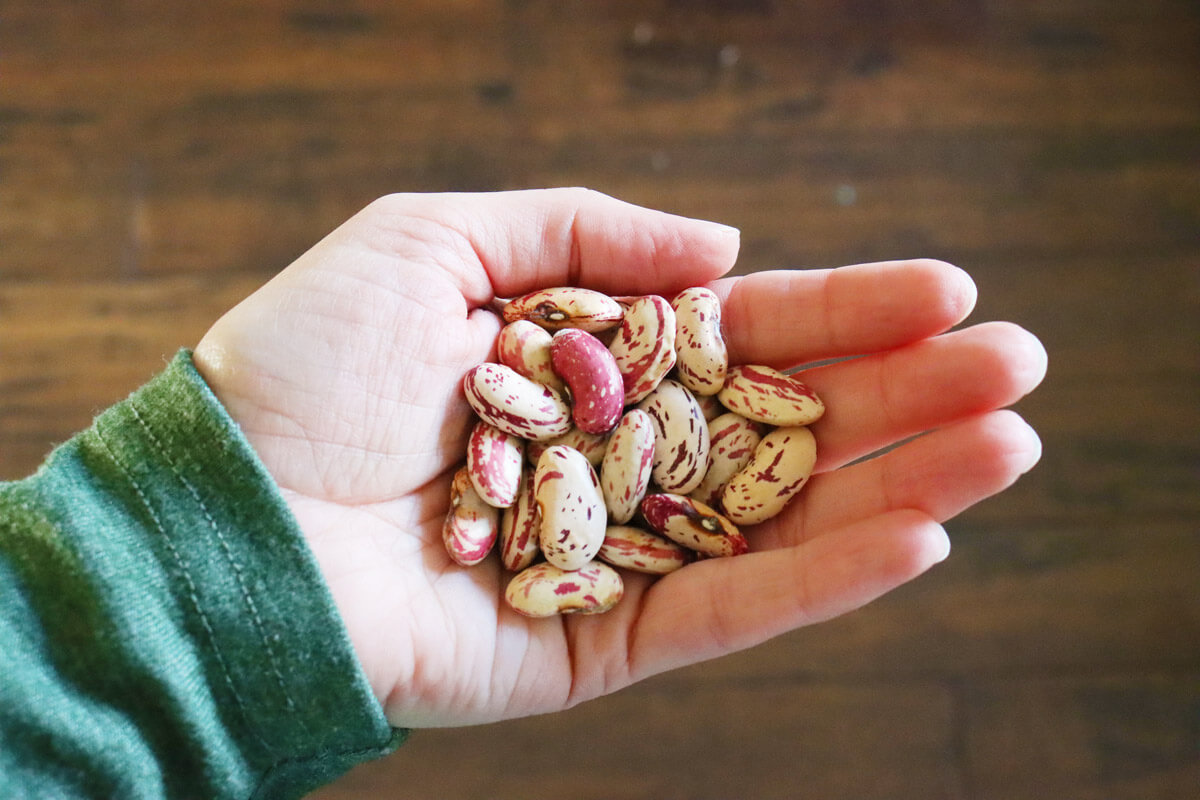
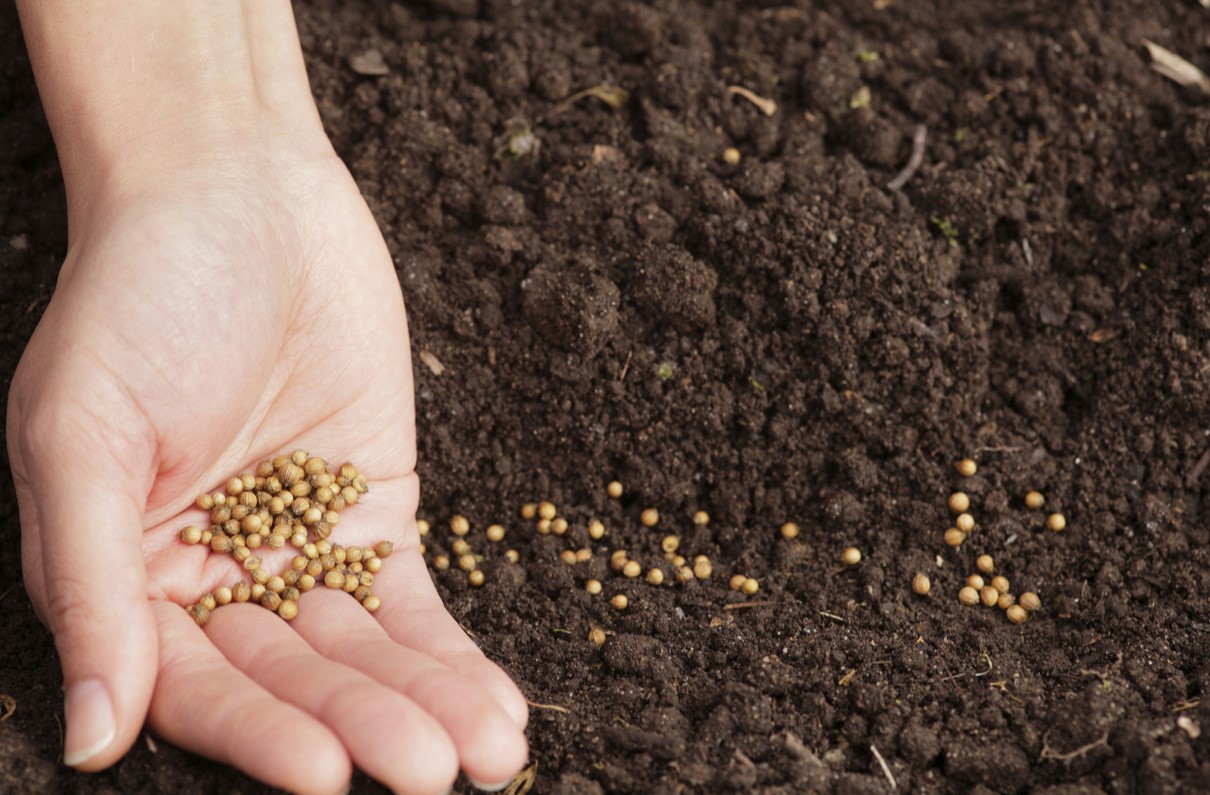

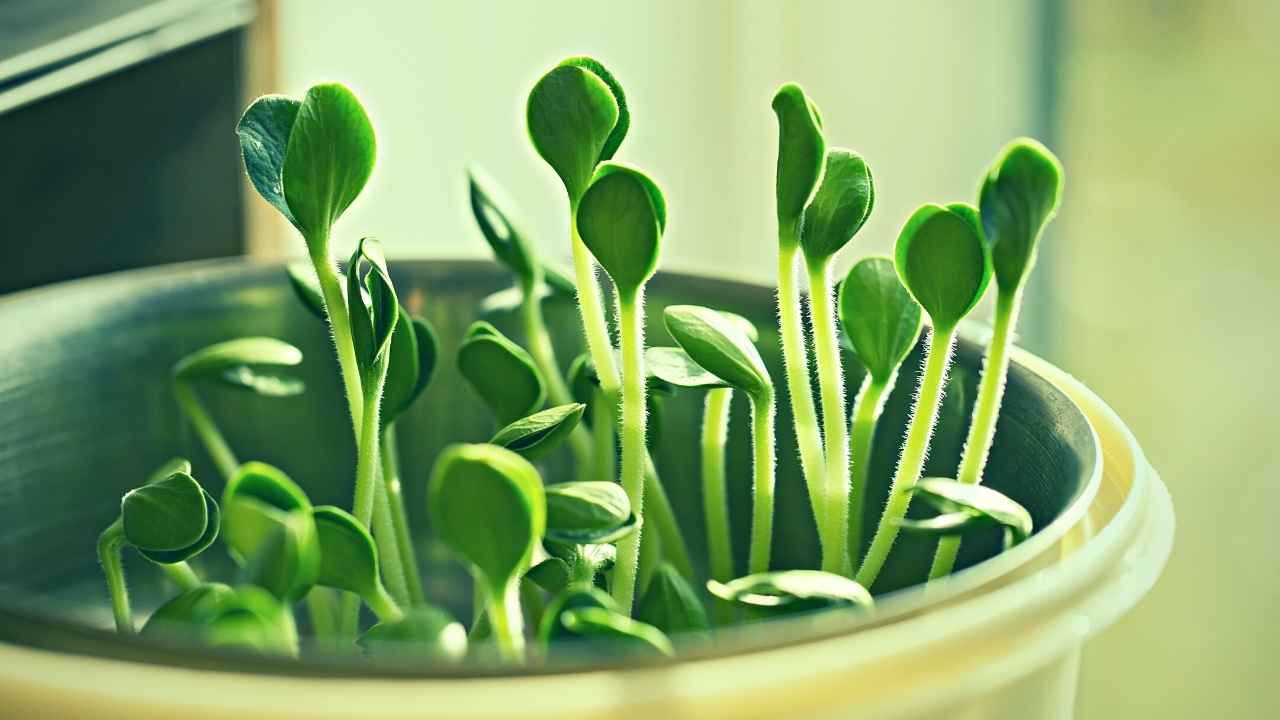
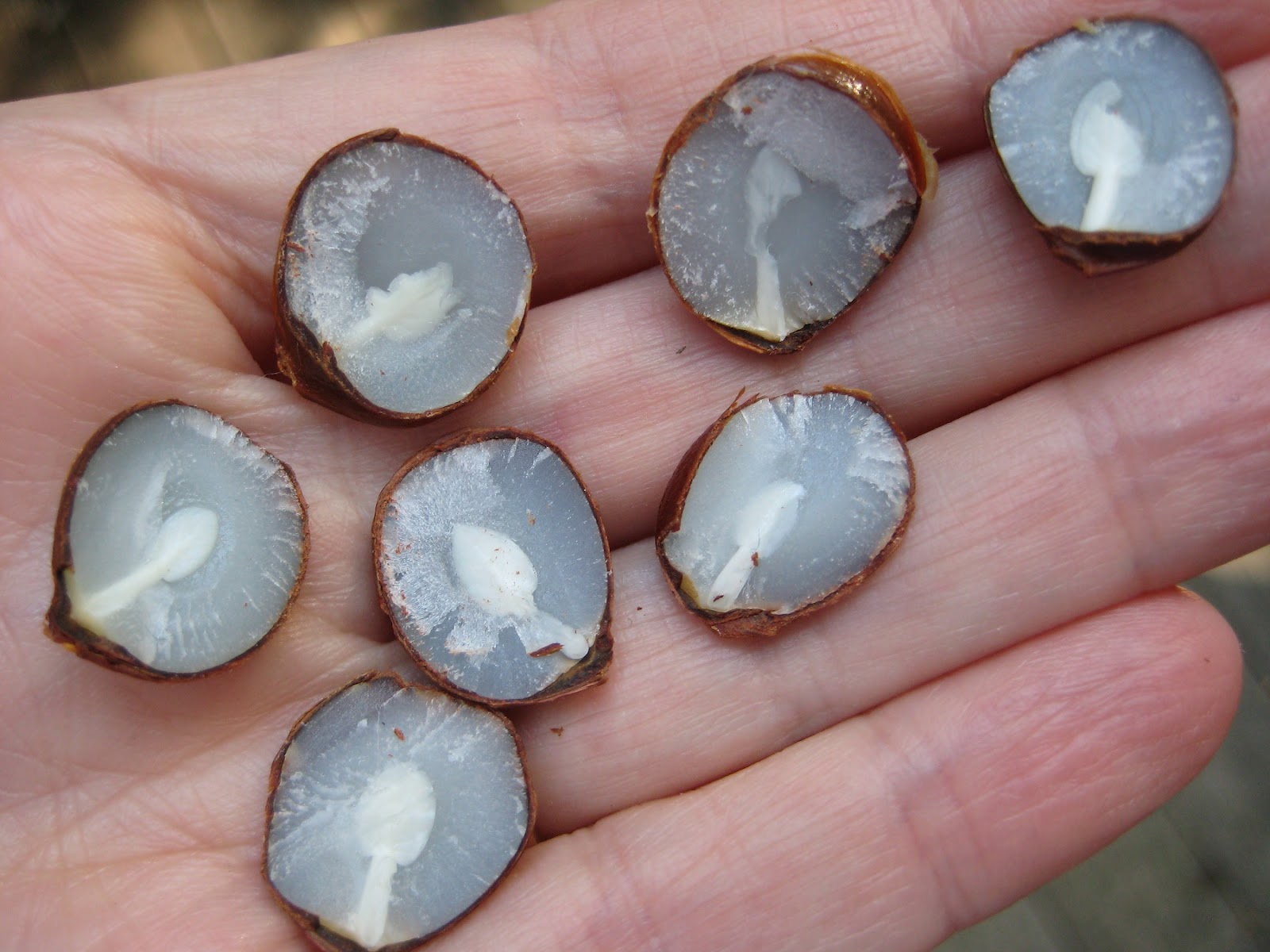

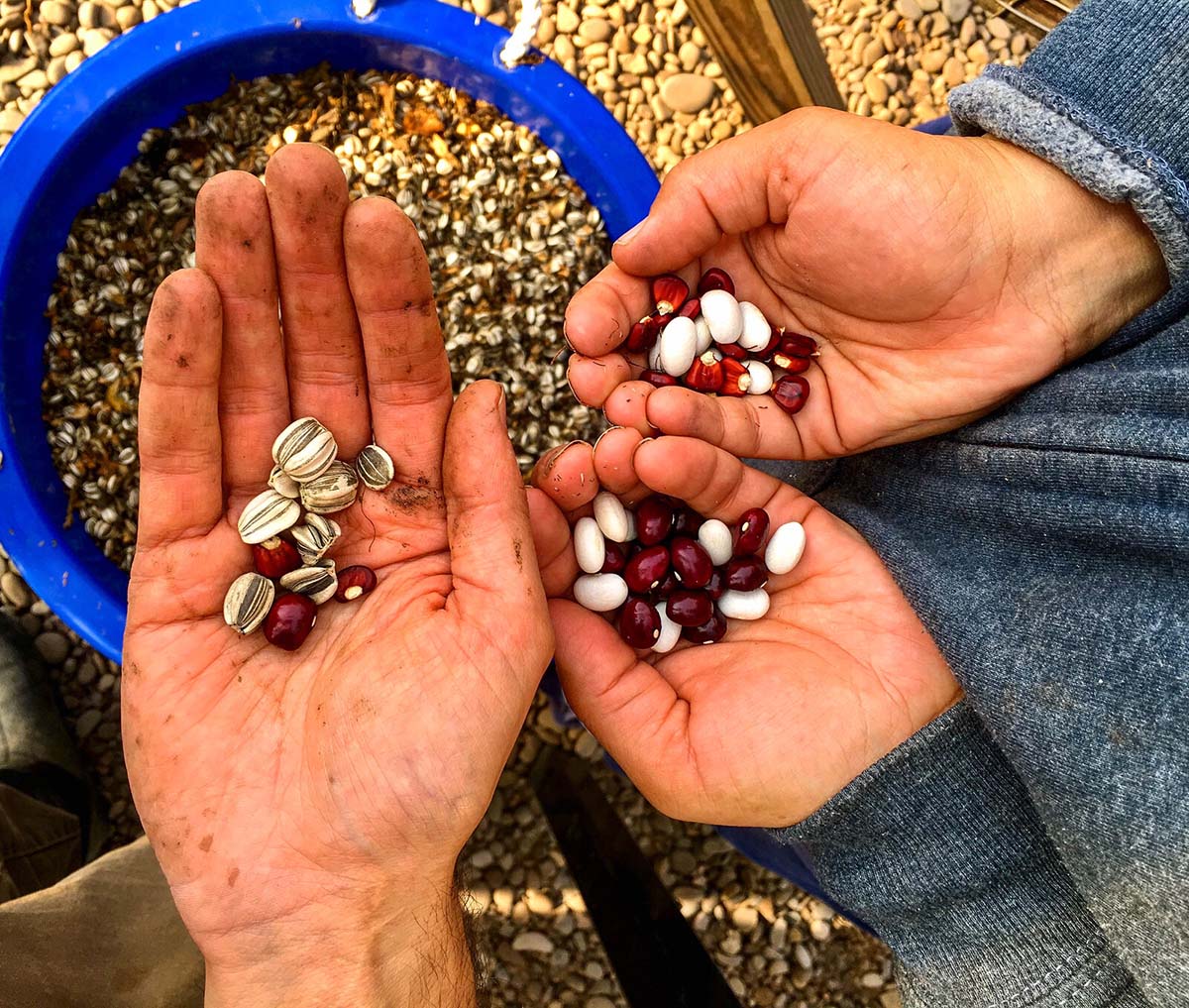





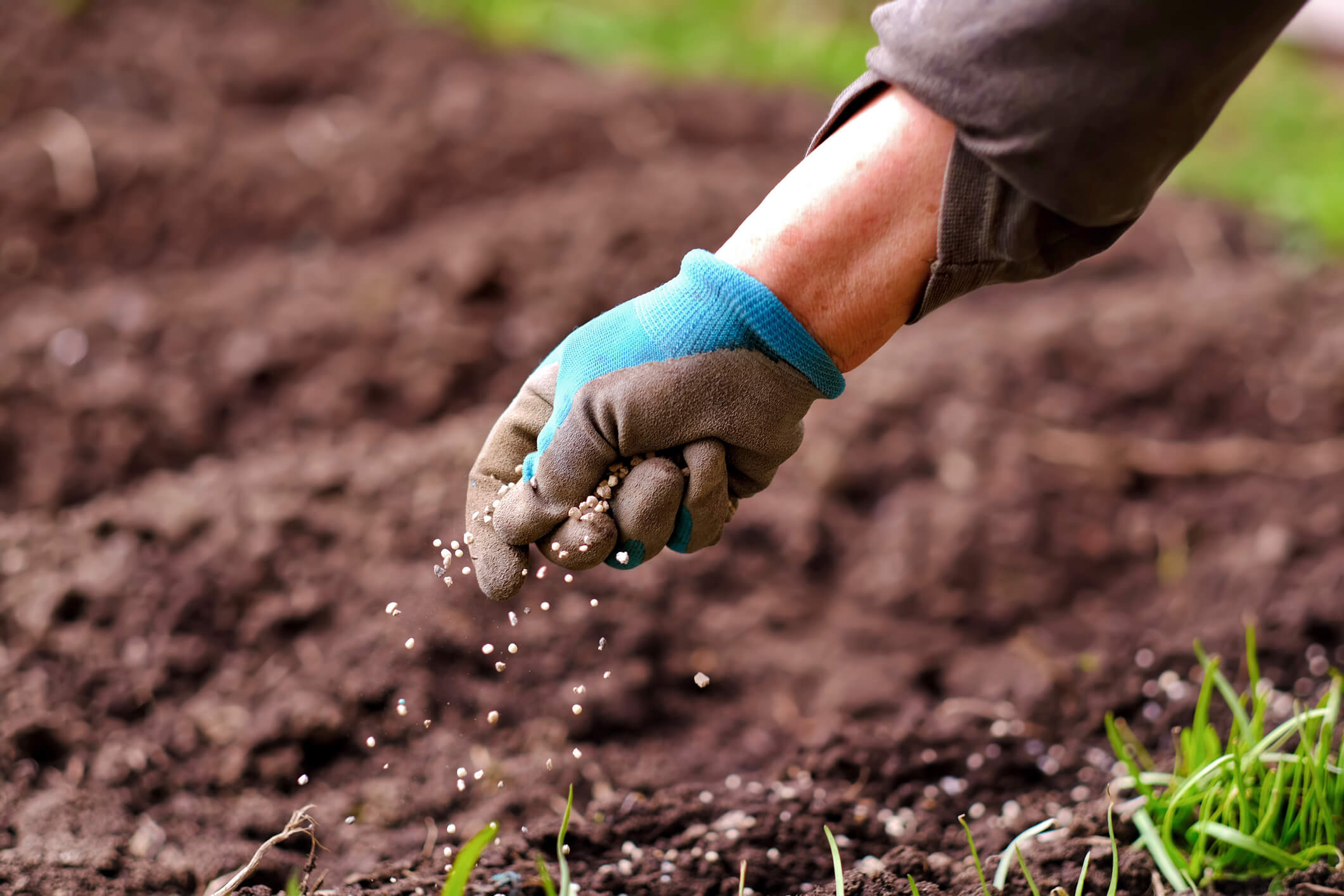


0 thoughts on “What Does Open-Pollinated Seeds Mean”